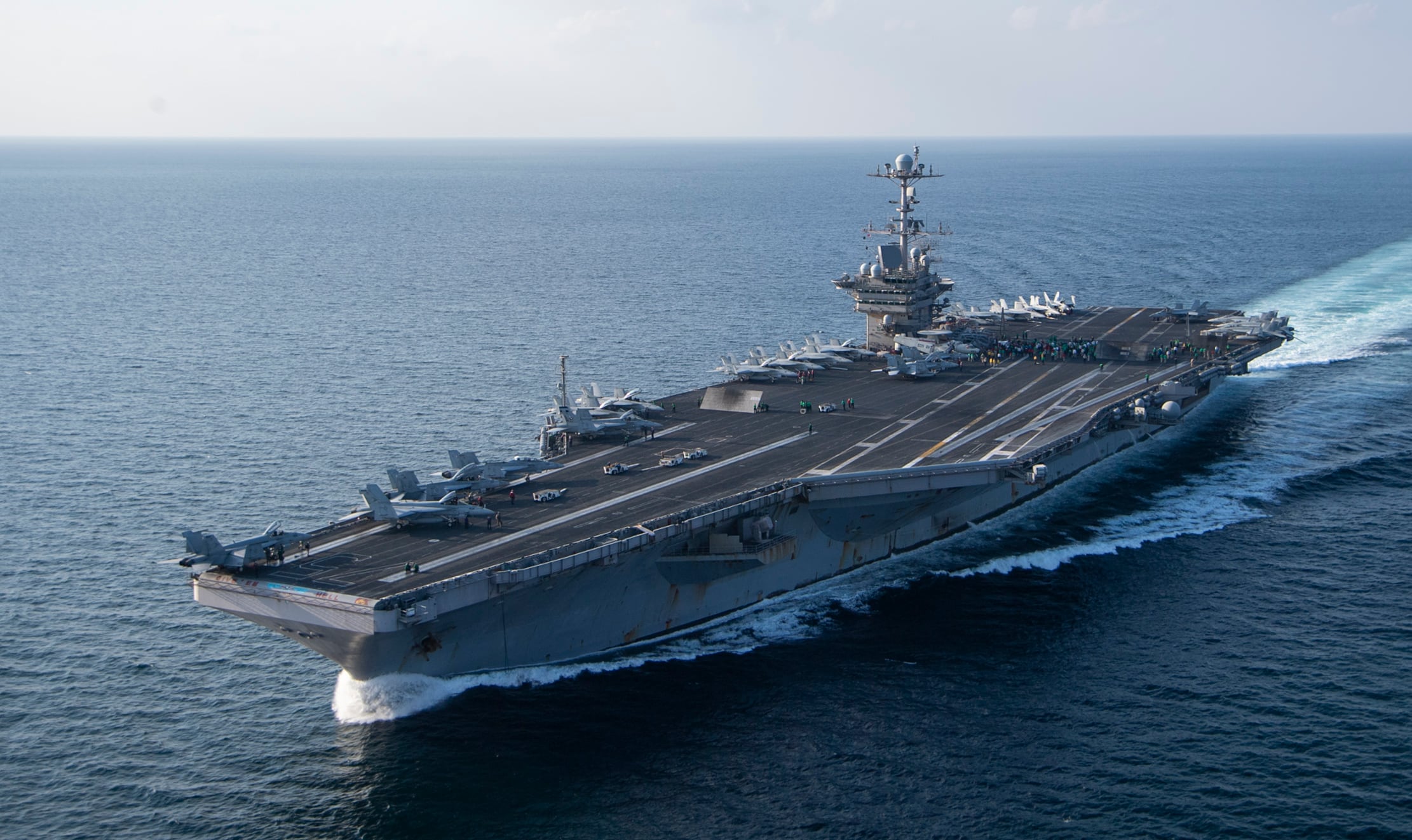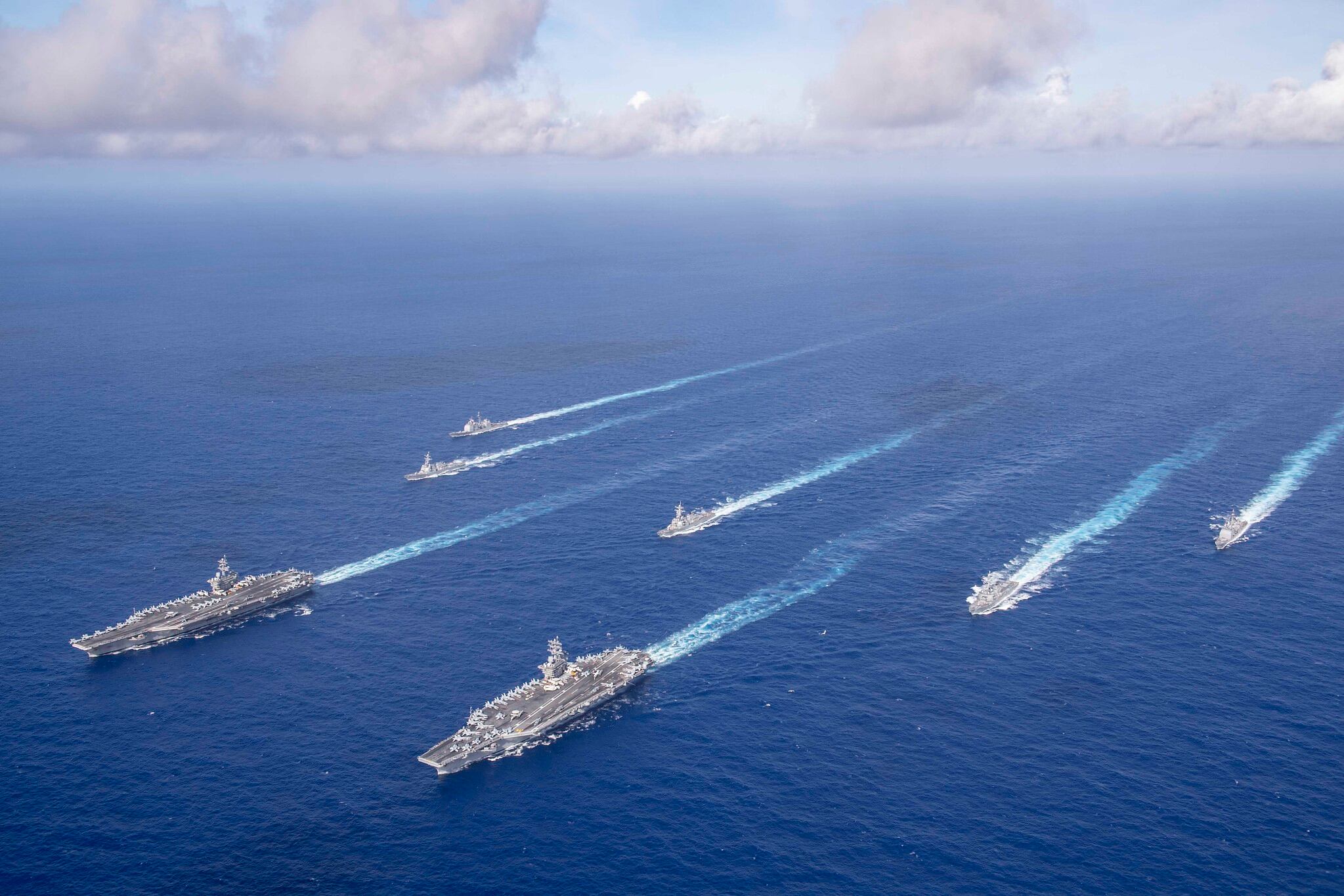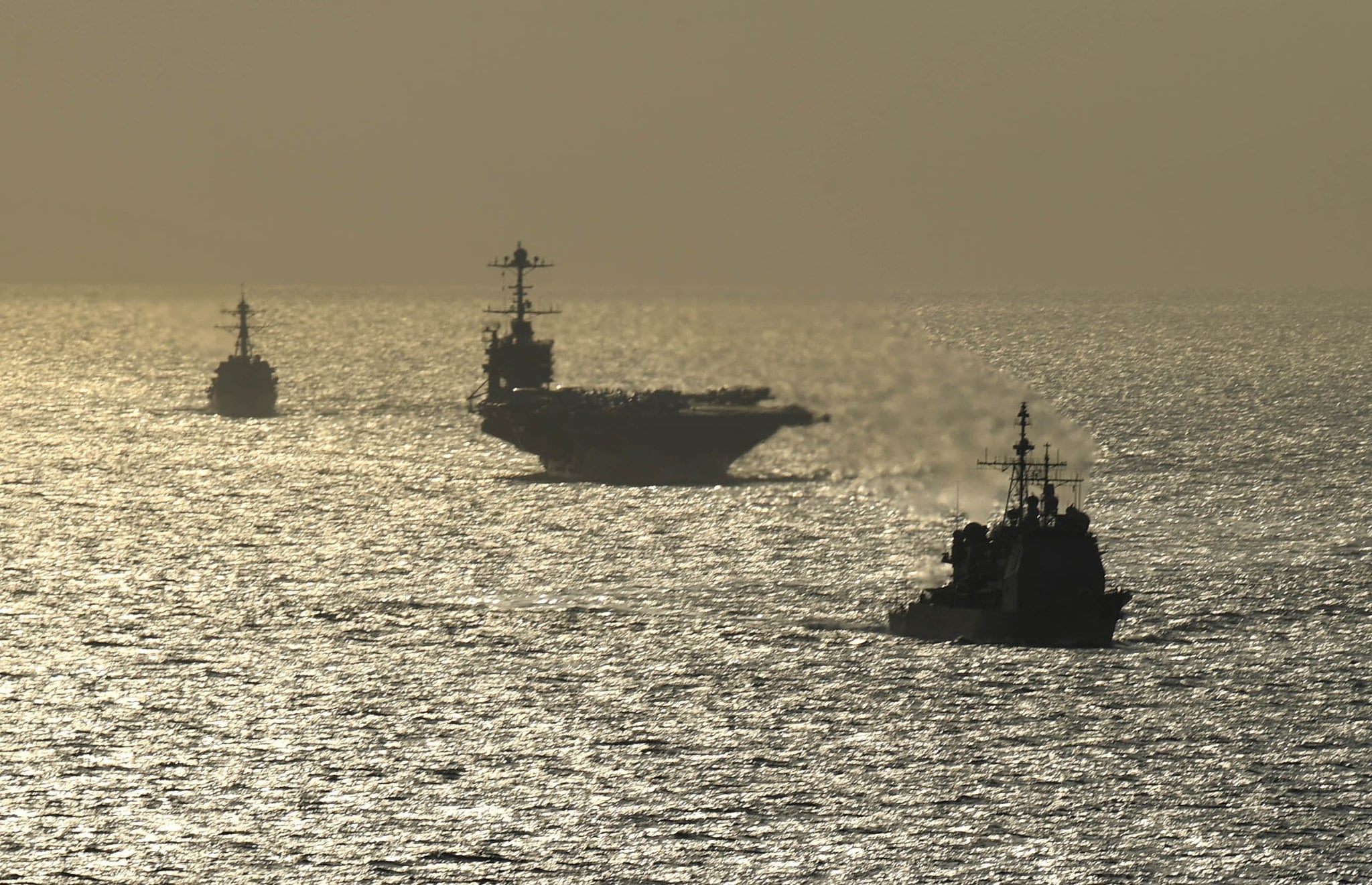WASHINGTON — The U.S. Navy’s aging surface fleet is getting harder to maintain, and overall is showing declining health in several key areas, such as its main propulsion systems, electrical systems and Aegis combat systems, according to an annual report of the Navy’s Board of Inspection and Survey submitted to Congress earlier this year.
The so-called INSURV inspections found that over five years, the surface fleet found big dips in the main propulsion systems — the plants that produce the power to push the ship through the water — as well as in the electrical systems and aviation systems. The Aegis systems, a collection of sensors and software that protects the ship primarily from air threats, has also shown some signs of slipping over the last half-decade.
The declining trend comes after years of intense focus on readiness inside the Defense Department, but the Navy says that recent changes to how the Navy conducts the notoriously intrusive INSURV inspections are making the fleet more ready. Still, the slipping scores do raise questions about whether the Navy’s much-in-demand surface combatants are getting adequate time in maintenance.
RELATED

For INSURV, ships are graded across a wide variety of systems, with scores adding up to a “figure of merit” where perfect equals 1.0. Over more than 30 surface ship inspections in 2019, the Navy tracked a 20 percent drop in scores between 2014 and 2019 in the main propulsion plant and another 20 percent drop in scores for the ships’ electrical systems.
Aegis, which is the beating heart of the combat systems on cruisers and destroyers, saw a slight but concerning drop from a figure of merit of 0.88 in 2017 to 0.77 in 2019. Aviation systems, the systems concerned with launching and recovering rotary wing aircraft, dropped from 0.77 in 2014 to 0.68 in 2019.
By contrast, scores from submarine main propulsion — governed by strict Naval Reactors guidelines and inspections — scored figures of merit of 0.94, submarine electrical systems scored 0.90, and submarine combat systems scored a 0.84.
Overall, the Navy’s surface fleet got high marks in navigation systems, medical systems, anti-submarine warfare systems and preservation.
INSURV changes
The Navy accounts for its drop in scores by pointing to a recent change in how the service conducts the inspections. In 2019, the chief of naval operations ordered that INSURV be conducted once every three years, the length of one deployment readiness cycle where the ship is maintained, the crew is trained, and the ship deploys. The inspections were also changed from an event that is planned for well in advance, to an event that comes with little notice, and requests for delays to the inspection were prohibited.
The short-notice INSURV inspections are designed to get a more accurate picture of ships' readiness, instead of allowing sailors ample time to borrow parts from other ships and make temporary fixes that can boost the overall score on the inspection, according to Naval Surface Force Pacific.
“Because ships knew exactly when the inspection would occur, they were able to put their best foot forward during the exam,” said SURFOR spokesperson Cmdr. Nicole Schwegman. "Over time, it became clear the (consistently good) INSURV scores ships were receiving did not accurately capture the material condition of the surface fleet.
“As a result, Navy leadership directed that future INSURV inspections be performed at any time during a ship’s [deployment cycle], and with minimal notice. At the same time, the Board of Inspection and Survey eliminated the possibility of ships receiving a delay to their inspection date due to a late occurring equipment casualty. The inspection is therefore more ‘come as you are’ than it has been in the past.”
SURFOR has also directed that ships conduct more rigorous and regular shake-out tests, such as directing the ships to max out their propulsion system in what’s known as a “full power run,” and has increased the frequency of inspections of the ship’s transmission, known as the main reduction gear, and monitoring of the health of the ships' SPY-1 radar system, Schwegman said.
The surface fleet has made investments in increasing self-sufficiency of sailors so they can fix their own gear and made sure they have the right spares on board their ships to make sure they can fix broken gear, Schwegman said. The goal is to make sure the fleet gets away from relying too heavily on technical experts employed by the companies who make the gear on ships.
“While we have the funding and availability of technical representatives (and we send them, to include with COVID-19 protocols in place), we will continue to ensure that ships are able to maintain most if not all of their equipment should technical assistance not be immediately available,” Schwegman said.
RELATED

Lingering questions
Part of the issue, of course, is that the Navy’s surface fleet is getting older. The cruisers are all closing in on their expected 35-year expected hull lives, and the first 27 Arleigh Burke-class destroyers are not far behind them. Keeping the radars going in earliest ships has been a particular challenge, as has maintaining the aging engineering plants.
There remain questions, however, about how much the roughly 10-to-20 percent drop in scores across critical areas inspected by INSURV is attributable to the change in the inspection regime that SURFOR points to, said Bryan Clark, a retired U.S. Navy submarine officer and senior fellow at Hudson Institute.
“Probably part of that 10-20 percent is a function of just not being able to prepare as much as you would in the past,” Clark said. "The way you’d do it in the past is you’d see you had INSURV coming up and you’d have a bunch of [preventive maintenance checks] you’d perform to make sure the equipment they were going to test was in working order. You’d go run things that are almost never run and see, ‘Oh, I need to go fix that.’
“So, really the old system was to both test the ship as well as force the ship to make sure all of its systems were working at the right level of capability. Now it’s much more of a test where they come on board, test a bunch of stuff and they see if it works or not.”

But given that the downward trends go back so far, it’s also likely that the high demands placed on the force continue to degrade the material condition of the ships without adequate time for maintenance, Clark said.
“Part of it has to be that the Navy continues to struggle to put the time and money into maintenance availabilities that they need to,” Clark said. “Particularly in the surface fleet, the ships' schedules have just not been able to be freed up they way they need to be, and in some cases they’ve had to manage costs and growth, which meant they couldn’t do all the maintenance they needed to.”
The move to schedule more INSURV inspections will likely yield good results over the long term, he added, but said the whole outlook on how the Navy deploys must change if any significant progress is to be made.
“Doing INSURV more frequently is a good time, especially since it is pretty much the most comprehensive inspection your ship is going to get,” Clark said. "You test things that you use infrequently so that you don’t need to find out they don’t work in extremis.
“But I suppose I question how much the Navy really has taken a turn on readiness. They’ve put more money into it due to supplemental funding. They’ve done a much better job managing availabilities. But Navy-wide, you need to complement that with a supply-based model where you tell combatant commanders ‘We just can’t get you the forces you want because they need to go into maintenance and they have to be there for as long as they need to be there.’”
David B. Larter was the naval warfare reporter for Defense News.





